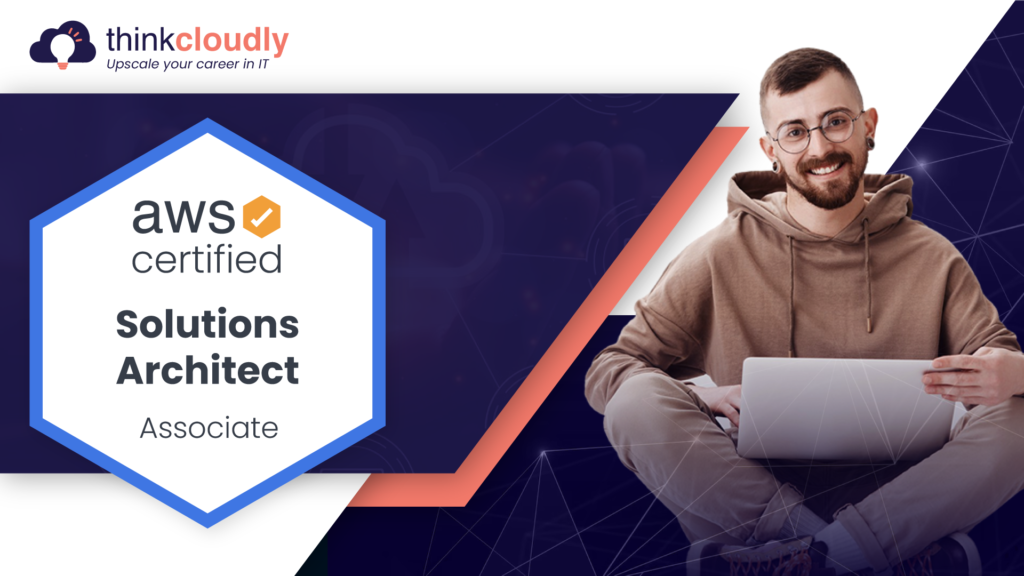Let me start today with a dilemma. I would never like it if someone interfered in my private place, and I think so do you. Then why compromise with our cloud services? If we have a secure virtual personal cloud service at a low cost. I can’t find any drawback in using VPC by AWS.
So, this article will walk over Virtual Private Cloud (VPC) and the grounded security groups, specifically inbound and outbound rules.
Virtual Private Cloud:
Virtual Private Cloud compiles two terms: virtual and private cloud. Hence, inheriting both properties, a virtual private cloud is a virtual data centre or virtual storage inside AWS for a single client or user organization. So, the cloud is accessible only by the user in the name of whom it is registered. You get complete security, privacy, and multiple functionalities.
Features of Virtual Private Cloud:
- It is a completely isolated network within the AWS Cloud.
- A maximum of 5 VPCs can be created for one user, with each VPC containing 200 subnets.
- We can allocate a maximum of 5 elastic IPs.
- DHCP, NACL, and Security groups are automatically created by creating VPCs.
- The extension limit of a VPC is limited to the region of AWS. It can’t cross between two AWS regions.
Being with so many features, VPC is a big thing to handle and holds multiple functionalities. One of the functionalities in Amazon VPC is Amazon QuickSight.
Build Your Career as a
AWS Solution Architect
- Live Projects
- Resume / Interview Preparation

Boost your earning potential with AWS expertise. Explore our certified AWS Courses for a high-paying career
Amazon QuickSight:
Amazon QuickSight is an artificial intelligence-based service provided for business analysis. You can share insights with your co-workers remotely.
Amazon QuickSight unites multiple AWS data, third party data, spreadsheets and more to a single platform. The analytics over these data helps in a growing business.
Since we are dealing with data and will face up with traffics. The most crucial role here comes for security, and security groups come in need.
You can scroll through thinkcloudly courses for more detailed knowledge of these topics.
Security Groups: Inbound and Outbound rules
Security groups are kind of virtual firewall that controls the inbound and outbound traffics. Once VPC is created, by default, security groups are generated. For each security group, we set up rules for inbound traffic and other rules for controlling outbound traffic.
Let us simplify each set of rules for you.
Inbound Rules:
Inbound rules are used for managing incoming traffic to your instances. Inbound rules are not specified previously. So, we need to establish inbound rules for handling incoming traffic.
For example, if we have multiple hosted sites on a server. We will be getting the same IP address for each website, and we need something specific to track a single site. So, in this case, we use port numbers that can vary from 0 to 65535 like for a web server, we generally use port 80.
Sample Inbound rules:
Outbound Rules:
As the name says, Outbound rules are defined for outbound traffic. For connecting to any browser, I can specify that you will need outbound rules as we have outbound traffic here. There are some sets of predefined outbound rules by default, but it is suggested to delete them and create new outbound rules as per requirement for a healthy practice.
Sample Outbound Rules:
Key points to take home:
- A virtual private cloud is a virtual data center or virtual storage inside AWS for a single client or user organization.
- Amazon VPC comes up with various functionalities. Amazon QuickSight is one of them.
- Amazon QuickSight is an artificial intelligence-based service provided for business analysis that can be used to share insights and perform many analytics.
- Security groups are a kind of virtual firewall that controls the inbound and outbound traffics. For each security group, we set up rules for inbound traffic and other rules for controlling outbound traffic.
- Inbound rules manage incoming traffic to your instances, whereas outbound rules are defined for outbound traffic.
- Learning AWS is interesting to Thinkcloudly. You can browse our courses for details.












